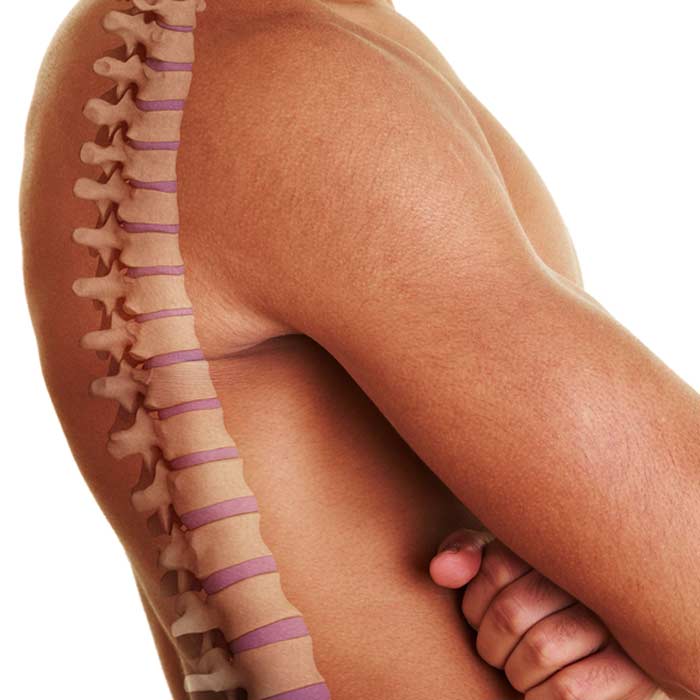
The endoscope makes minimally invasive procedures possible.
Endoscopic procedures are performed with special instruments to view certain parts of the body in a way that’s less invasive than traditional surgery. Prior to the widespread use of endoscopic procedures, it was common to perform exploratory surgery to get a better view of internal organs, joints, and other inside areas and cavities.
Patients often benefit from procedures of this nature since many of them can be done on an outpatient basis.
How Are Endoscopic Procedures Performed?
An endoscopy is performed with a flexible tube with a light source and an attached camera called an endoscope. This tube is inserted through one of the body’s cavities or through a small incision in the skin. The images captured from the camera are displayed on a monitor that shows clear, detailed pictures of internal structures. Endoscopies can be done for either diagnostic or treatment purposes. Some procedures are performed with sedation from IV medications, while others require general anesthesia.
What Preparations Are Necessary?
Typically, patients are instructed to not eat or drink anything other than water (fast) for about 6-8 hours before an endoscopy is scheduled. Additional instructions may be given for certain endoscopic procedures.


What Are the Common Types of Endoscopies?
There are many procedures that can be performed with an endoscope. One of the most common ones is an arthroscopy, which is performed through an incision made where a joint is located. For treatment purposes, not every type of joint surgery can be performed with endoscopic techniques. Joint replacement, for example, usually requires more invasive methods. An arthroscopy may also be performed to evaluate, assess, or correct joint damage related to:
- Rotator cuff injurie
- Arthritis affecting various joints
- Cartilage damage
- Inflammation affecting knees, shoulders, elbows, wrists, or ankles
- Ligament tears and tendon damage
- Loose cartilage and/or bone
With a bronchoscopy, the flexible tube is inserted through the mouth to the large airways of the lungs (bronchial tubes). A colonoscopy may be done to perform a routine screening for colon cancer or remove polyps before they have a chance to become cancerous.
An abnormal Pap smear often results in the need for a colposcopy to view the cervix. A scope is inserted through the urethra that carries urine out of the body when a cystoscopy is performed to view the bladder. Gallstones lodged in the bile and pancreatic ducts that are causing pain may be removed with an endoscopic retrograde cholangiopancreatography (ERCP).
Stomach pain that may be related to esophagus problems, stomach ulcers, celiac disease, or gastroesophageal reflux disease may be diagnosed with esophogealgastroduodenoscopy (EGD). With a laparoscopy, an incision is made in the belly button to access or view abdominal organs. This procedure is sometimes done to remove the appendix or pinpoint possible reasons for infertility. Additional endoscopic procedures include:
- Laryngoscopy: Performed to view the “voice box” (larynx) and look for polyps or signs of laryngeal cancer.
- Proctoscopy: Performed to view the rectum if bleeding is occurring.
- Thoracoscopy: An incision is made in the chest wall to perform a lung biopsy or remove tissues affected by various types of lung cancer.
- Mediastinoscopy: The scope is inserted in the space between the lungs (mediastinum) to determine if cancer may have spread to lymph nodes in this area.
Results from endoscopic procedures are normally used to make an accurate diagnosis or correct a specific problem in a way that’s less invasive. Endoscopies may also be done to determine the progression of a condition that’s being observed, as may be the case with a benign tumor or sinus or throat irregularities. When used for treatment purposes, endoscopic procedures often result in less infection risk and a faster healing and recovery period.
